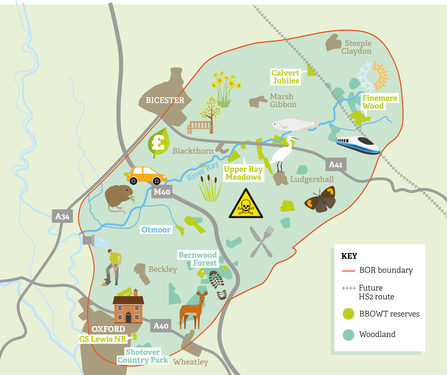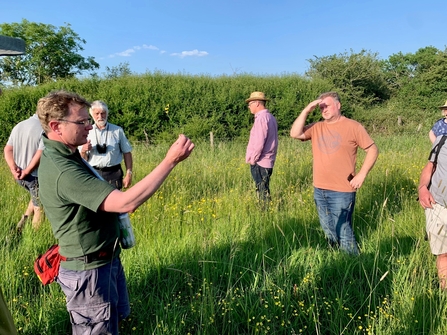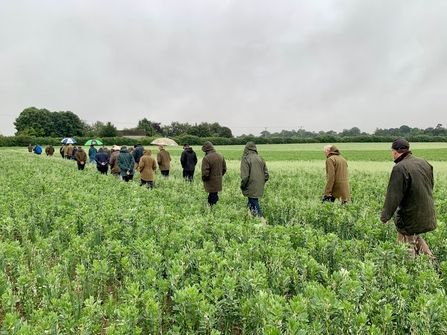NEW nature reserves for wildlife and people is one of six bold new ideas for land between Oxford and Aylesbury.
New meadows, ponds and a five-mile corridor of woodland north of Oxford are also among the striking suggestions for projects across the 300km2 area of Oxfordshire and Buckinghamshire.
Berkshire, Buckinghamshire & Oxfordshire Wildlife Trust (BBOWT) has published the list of attention-grabbing potential schemes following an 18-month consultation with locals.
The study was funded by Buckinghamshire Council in response to a growing number of threats to the natural environment in the Oxford-to-Cambridge arc from Government including HS2.



